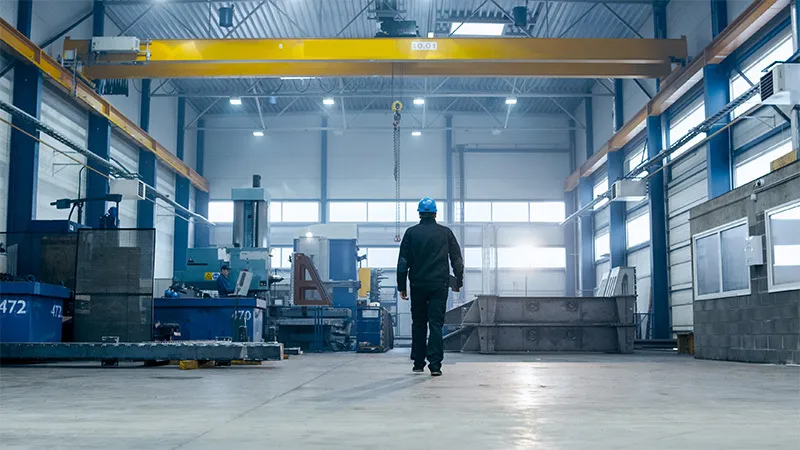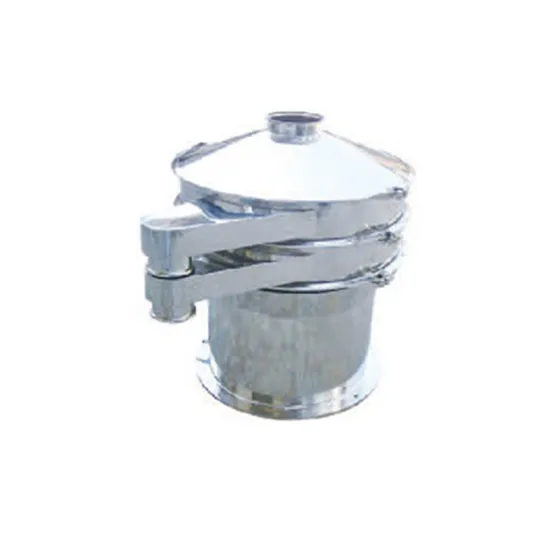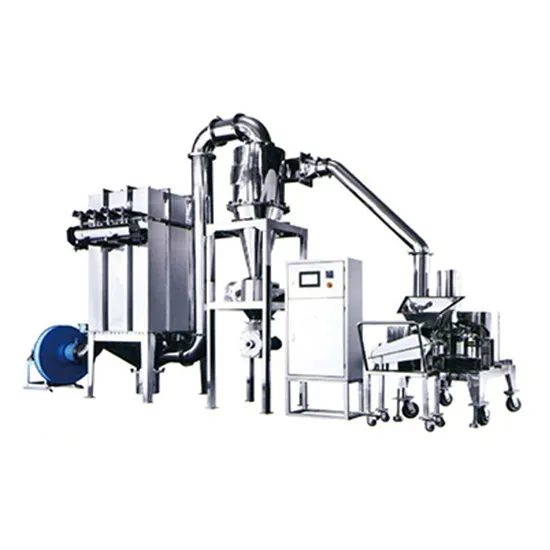NEWS
Can Dedusting Equipment Provide an Effective Dust Control Solution
Dec 27,2023
1. Introduction: Understanding the Significance of Effective Dedusting Equipment
In industrial settings, the presence of dust can pose a serious threat to both workers' health and overall safety. Dust particles can lead to respiratory problems, allergies, and even long-term health issues. Additionally, excessive dust accumulation can increase the risk of fires and explosions, jeopardizing the integrity of the facility and the well-being of its occupants. To combat these risks, effective dust control measures are crucial.
2. The Hazards of Dust: Health Risks and Safety Concerns
The inhalation of dust can have severe consequences for workers. Fine particles can penetrate deep into the respiratory system, causing irritation, inflammation, and potential long-term damage. Moreover, certain types of dust, such as silica dust, are known to be carcinogenic, posing an even greater health risk. In terms of safety, dust accumulation can create a combustible environment, putting the entire facility at risk of fire or explosion.
3. A Closer Look at Dedusting Equipment: What Is It and How Does It Work?
Dedusting equipment, also known as dust control systems, is specifically designed to capture and remove dust particles from the air. These systems employ various techniques, such as filtration or electrostatic precipitation, to effectively trap and collect dust. By capturing the dust particles before they can disperse into the surrounding environment, dedusting equipment plays a pivotal role in maintaining clean and safe industrial spaces.
4. Key Factors to Consider When Choosing Dedusting Equipment
When selecting dedusting equipment for your facility, several crucial factors must be taken into account. This includes the nature and size of the dust particles, the airflow requirements, and the specific industry regulations. Additionally, considering the maintenance requirements, energy efficiency, and the overall cost-effectiveness of the equipment is essential.
5. Types of Dedusting Equipment: From Baghouses to Electrostatic Precipitators
There is a wide range of dedusting equipment available, each with its unique features and advantages. Baghouses, cyclone separators, wet scrubbers, and electrostatic precipitators are among the most commonly used types. Baghouses, for instance, utilize fabric filter bags to capture dust particles, while electrostatic precipitators employ an electric charge to attract and collect them. Understanding the characteristics of each type will help you make an informed decision when selecting the most suitable dedusting equipment for your facility.
6. The Advantages and Limitations of Different Dedusting Solutions
While dedusting equipment offers significant benefits in terms of dust control, it is essential to acknowledge its limitations as well. Factors such as initial cost, space requirements, maintenance demands, and the specific particle composition can influence the effectiveness of the chosen dedusting solution. By considering both the advantages and limitations, you can maximize the efficiency of your dust control system.
7. Factors Affecting the Performance of Dedusting Equipment
To ensure optimal performance of dedusting equipment, several factors need to be taken into consideration. The choice of filtration media, proper design of the system, regular maintenance, and adherence to operational guidelines all play crucial roles in achieving effective dust control. By addressing these factors, you can maintain a safe and clean working environment.
8. Best Practices for Effective Dust Control: Tips and Strategies
Implementing best practices for dust control is essential for ensuring the long-term effectiveness of the dedusting equipment. Regular inspections, preventive maintenance, employee training, and proper housekeeping are among the key strategies to consider. Additionally, integrating engineering controls and employing personal protective equipment can further enhance workplace safety.
10. Conclusion: Taking Control of Dust and Ensuring a Safe Work Environment
Effectively controlling dust is imperative for maintaining a safe and healthy work environment. By exploring different dedusting equipment options and implementing best practices, industrial facilities can significantly reduce the risks associated with dust accumulation. Remember to prioritize regular maintenance, adhere to industry regulations, and consult with experts to optimize your dust control strategies. With the right approach, you can create a dust-free workspace that prioritizes the well-being of your employees and the overall success of your operations.
More News










